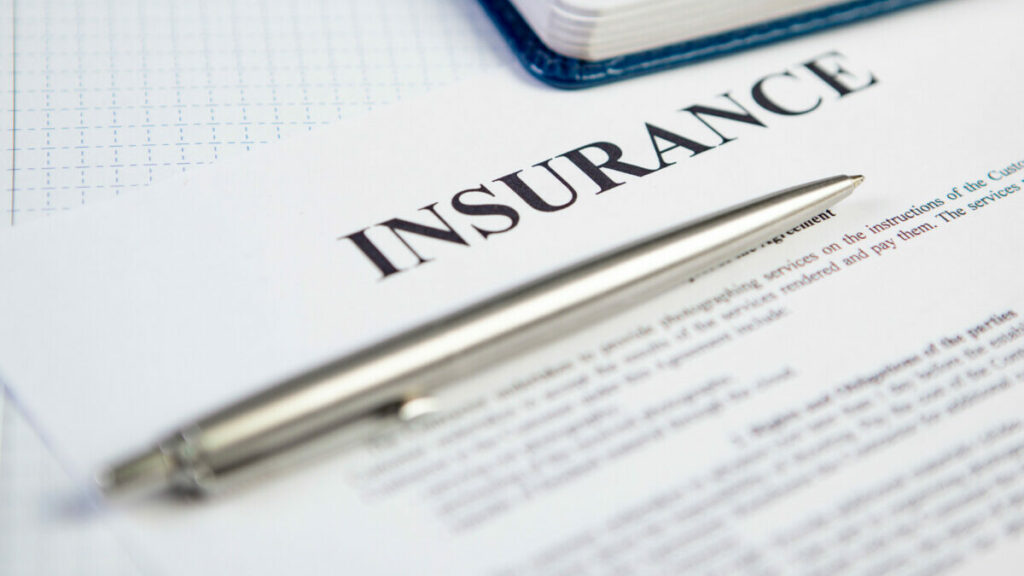This post may contain affiliate links, which means if you enroll through my link, I’ll receive a small commission at no extra cost to you.
When shopping for Marketplace health insurance and determining eligibility for health insurance tax subsidies, Medicaid, or the Children’s Health Insurance Program (CHIP), you will frequently encounter the term Federal Poverty Level (FPL). Understanding what the FPL is and how it impacts your eligibility for these programs is essential.
What is FPL?
The Federal Poverty Level (FPL) is a measure of income issued annually by the Department of Health and Human Services (HHS). It is used to determine eligibility for various federal assistance programs, including health insurance subsidies, Medicaid, and CHIP. The FPL is updated each year to reflect changes in the cost of living.
2024 Federal Poverty Level Guidelines
For 2024, the FPL income numbers, which are used to calculate eligibility for Medicaid and CHIP, are based on family size and are as follows for the 48 contiguous states and the District of Columbia:
| Family Size | 100% FPL | 138% FPL | 400% FPL |
| 1 | $14,580 | $20,120 | $58,320 |
| 2 | $19,720 | $27,214 | $78,880 |
| 3 | $24,860 | $34,307 | $99,440 |
| 4 | $30,000 | $41,400 | $120,000 |
| 5 | $35,140 | $48,494 | $140,560 |
| 6 | $40,280 | $55,587 | $161,120 |
| 7 | $45,420 | $62,680 | $181,680 |
| 8 | $50,560 | $69,774 | $202,240 |
| For each additional person, add | $5,140 | $7,093 | $20,560 |
Source: U.S. Department of Health and Human Services (HHS)
Higher FPL Amounts for Alaska and Hawaii
The FPL amounts are higher in Alaska and Hawaii due to the higher cost of living in these states. In Alaska, the FPL starts at $18,210 for one person, and in Hawaii, it starts at $16,770 for one person.
Importance of FPL Cut-Offs
The FPL for a given year plays a crucial role in determining eligibility for reduced-cost health care and health insurance. Here are some key FPL cut-offs:
- 100% to 400% of the FPL: If your annual income falls within this range, you will qualify for premium tax credits for ACA health coverage, which can lower your monthly premium for a Marketplace health insurance plan.
- Below 138% of the FPL: In states that have expanded Medicaid coverage, you can qualify for Medicaid based solely on your income if it is below 138% of the FPL. If your state has not expanded Medicaid, you may fall into the Medicaid gap if your income is under 100% of the FPL.
- Below 100% of the FPL: If your income is below this threshold and your state has expanded Medicaid, you will qualify for Medicaid. If your state has not expanded Medicaid, you may not qualify for Medicaid unless you are 65 or older or disabled, in which case your state must pay for Medicare on your behalf through the Qualifying Medicare Beneficiary (QMB) program.
2024 Federal Poverty Line Cut-Offs
For the 48 contiguous states and the District of Columbia, the FPL cut-offs for different family sizes are:
| Family Size | 100% FPL | 138% FPL | 400% FPL |
| 1 | $14,580 | $20,120 | $58,320 |
| 2 | $19,720 | $27,214 | $78,880 |
| 3 | $24,860 | $34,307 | $99,440 |
| 4 | $30,000 | $41,400 | $120,000 |
| 5 | $35,140 | $48,494 | $140,560 |
| 6 | $40,280 | $55,587 | $161,120 |
| 7 | $45,420 | $62,680 | $181,680 |
| 8 | $50,560 | $69,774 | $202,240 |
Source: U.S. Department of Health and Human Services (HHS)
Eligibility for Health Programs
The FPL determines eligibility for several health programs:
- Medicaid and CHIP: Eligibility for Medicaid and CHIP is primarily based on income relative to the FPL.
- Premium Tax Credits: Households with incomes between 100% and 400% of the FPL may qualify for premium tax credits, which reduce the cost of health insurance premiums on the Marketplace.
- Other Subsidies: Various health programs and subsidies use the FPL as a benchmark to determine eligibility.
Conclusion
Understanding the Federal Poverty Level (FPL) is crucial for determining your eligibility for various health programs and subsidies. By knowing where your income stands relative to the FPL, you can better navigate the options available to you through the Marketplace, Medicaid, and CHIP.
For personalized assistance, consider reaching out to a health insurance advisor who can help you explore your options and ensure you have the coverage you need.
Sources:
- U.S. Department of Health and Human Services (HHS)
- Kaiser Family Foundation (KFF)






Leave a Reply